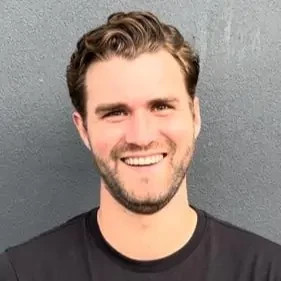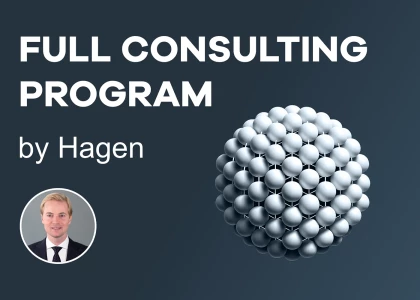Hi there,
The article suggests to first communicate level 1, then level 2, then level 3 insights from a given chart.
Why not turn it around and make it more top-down?
I.e., first state “This chart suggests that customers may be changing preferences and moving away from the premium segment, so I'd like to look at our client's revenue development next” (level 3). Then: “The reason for my conclusion is that the premium segment is growing at the slowest rate compared to the others” (level 2), and so on…
Looking forward to any thoughts on this!
David

















